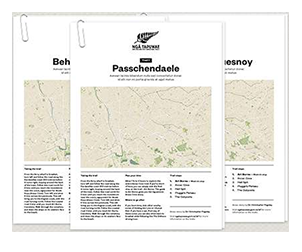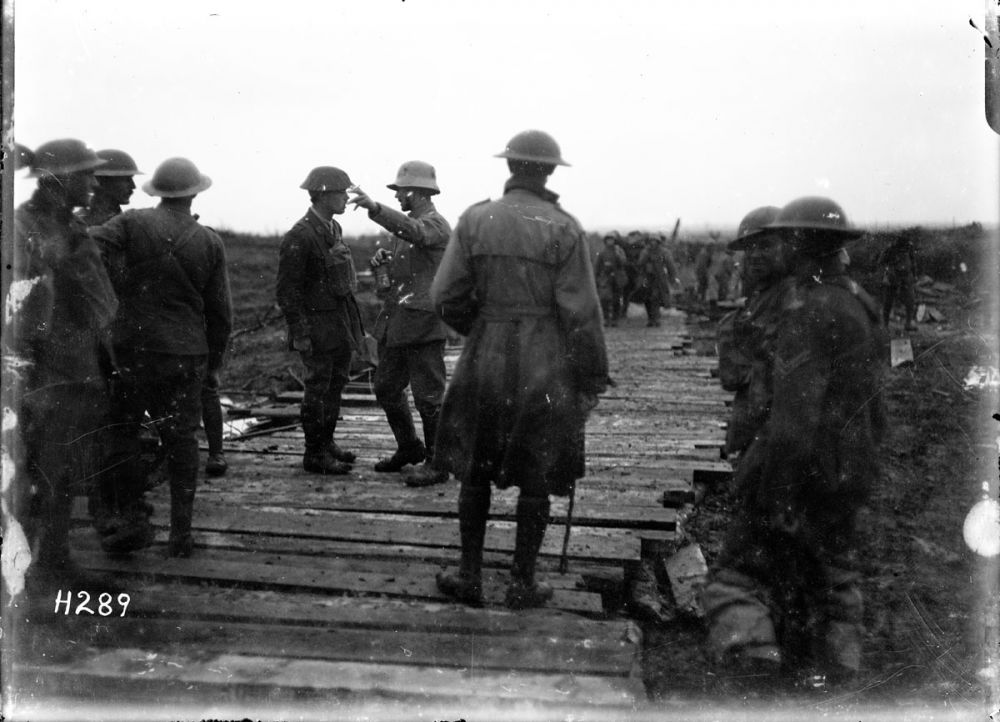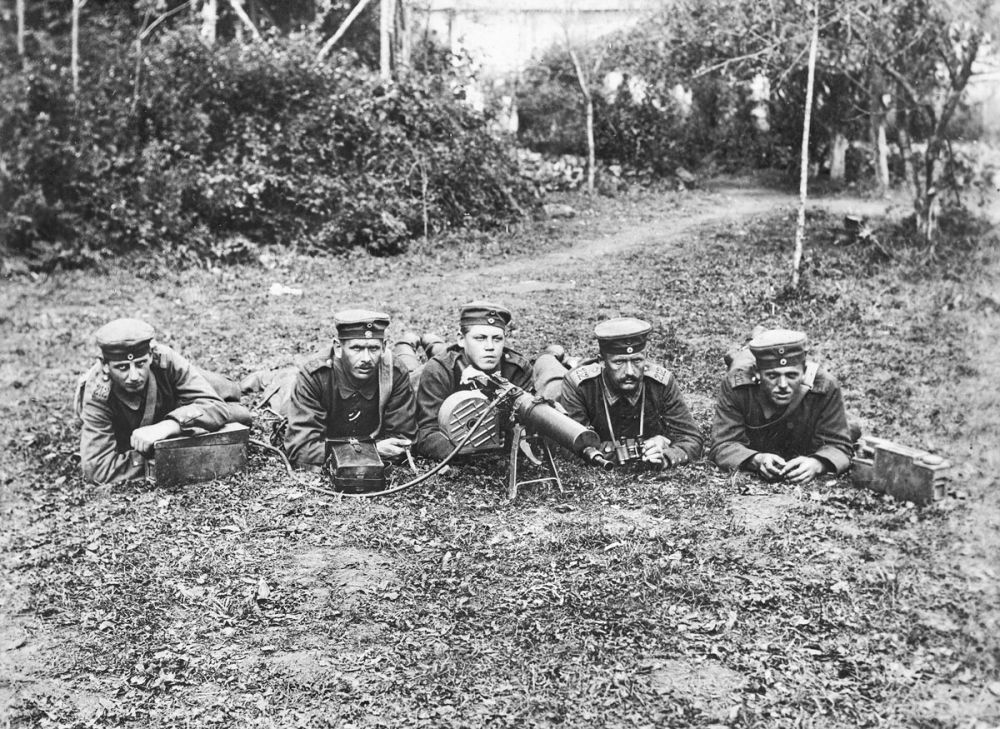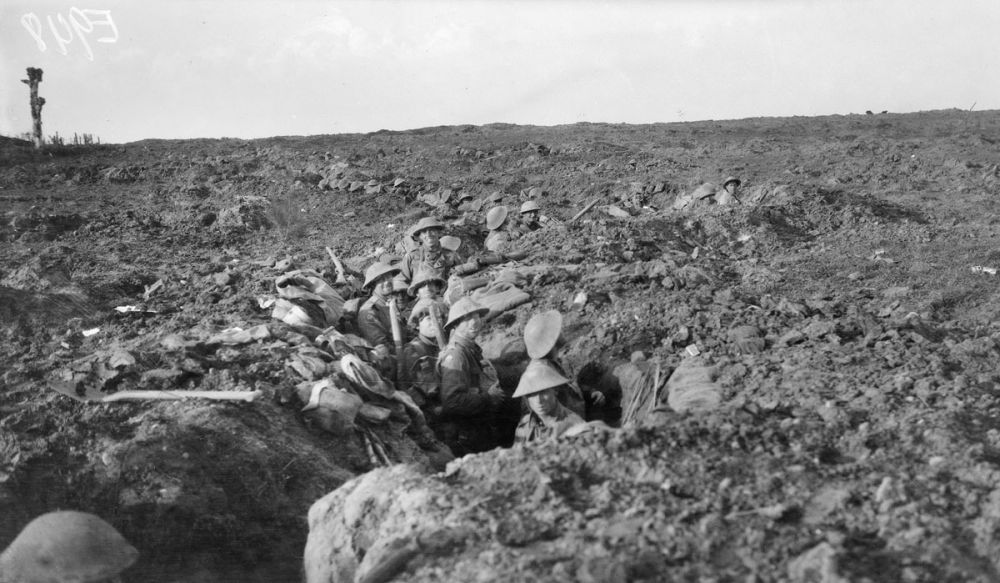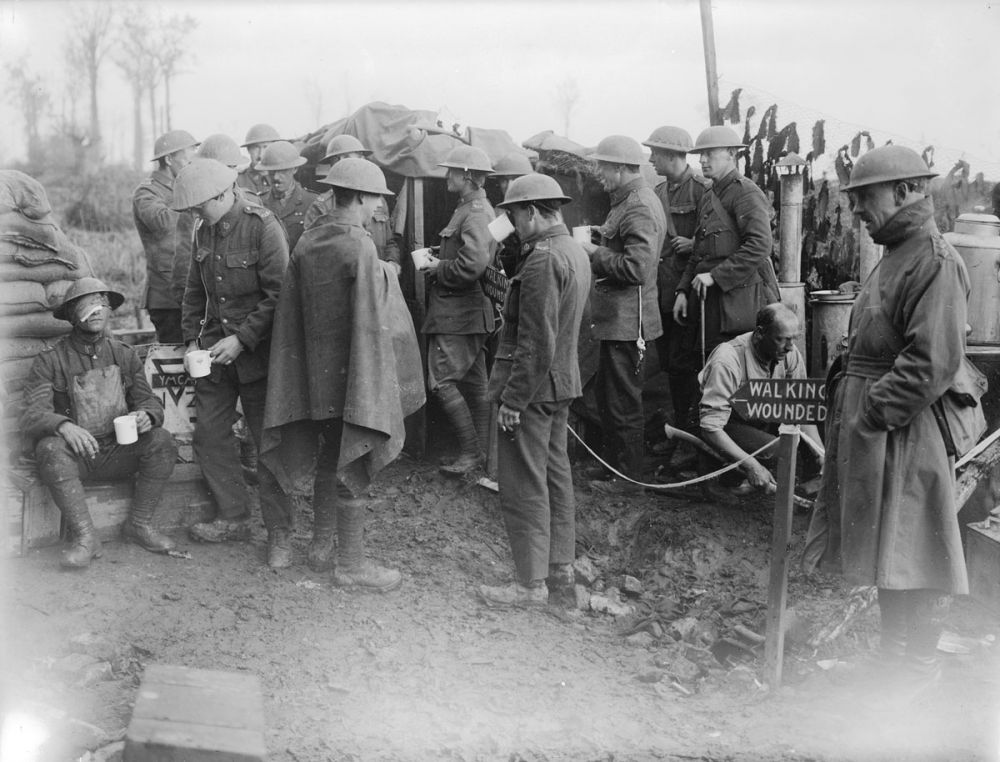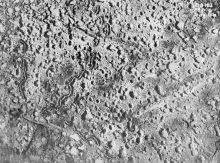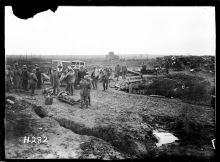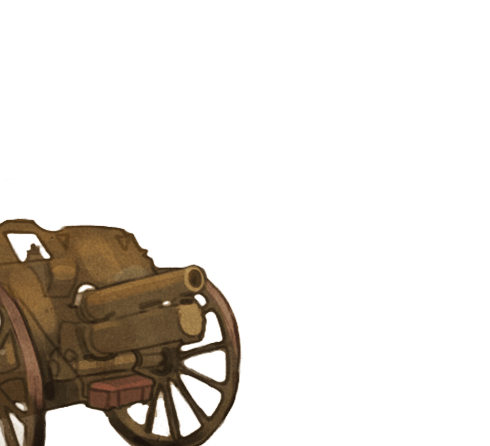New Zealand Memorial
You are now standing at the New Zealand Memorial at Gravenstafel which records the New Zealand victory on the morning of 4 October 1917. This road junction was the Red Line - the first objective and you’re up on the Gravenstafel ridge that was also known as the Heights of Abraham, named by the Canadians who held it in 1915. In October 1917 it was the key to the German defensive line protecting the Passchendaele ridge which is down the road to your left and it was very strongly defended.
At the time, this was a lunar landscape, all the buildings had been knocked down or destroyed in the previous years' fighting and the cellars converted into strongly defended bunkers with walls a metre or so thick. These bunkers could withstand almost anything. They were often level with the ground and became homes for the German machine gun teams who would shelter there during barrages. Once British artillery fire lifted, the Germans would run out, hurriedly mount their machine guns in nearby craters around the bunker or on top of the bunker itself and pour fire upon the attacking British infantry.
If you look over at the crossroads, you can see the chimney stacks of that factory in the distance, ahead of that there’s a farm house complex in the area of Dochy Farm and on the right you can pick out the cross of remembrance of Dochy Farm Cemetery. In front of the cemetery was the road which was the startline for the New Zealand attack, and on that flank there - were the new boys of the 4th New Zealand Infantry Brigade. They’d formed in 1917 and this was their first and only big attack. On this side were the originals - the brigade that had fought on Gallipoli - the 1st New Zealand Brigade. Their job was to seize this ridge, where you stand, attacking bunker by bunker. Looking down, into the valley towards Dochy Farm, picture the New Zealanders advancing through this ground, among the German dead.
After reaching this position on the ridge the New Zealanders attacked Korek Farm - a formidable bunker complex in the ruins of the farms just to your right - using machine guns, mortars and, rifle grenades the 1st Wellingtons and the 3rd Otagos rushed these bunkers and threw grenades into the openings.
One Sergeant Paterson, of the Wellingtons, fought his way into Korek and found 30 or so dead and wounded inside. He also came across a German officer frantically trying to destroy important documents so they didn’t fall into British hands. The entire bunker caught fire and Paterson had to get out in a hurry. Korek burned like a furnace for the rest of the day, incinerating everyone inside it.
The next wave of New Zealanders pushed forward, over the ridge - where you stand and continued onto Waterloo Farm, near Berlin Wood which is further down the road behind you. Field Marshal Haig was elated with the success. General Russell, of the New Zealand Division, described the effort as: ‘not too bad’ - with over 1,000 wounded and some 400 New Zealand dead. The attack had not been as expensive as the 3,000 casualties from Messines. But the rain was about to fall, and the New Zealanders faced a difficult road ahead – the road - over that final ridge - to Passchendaele.

